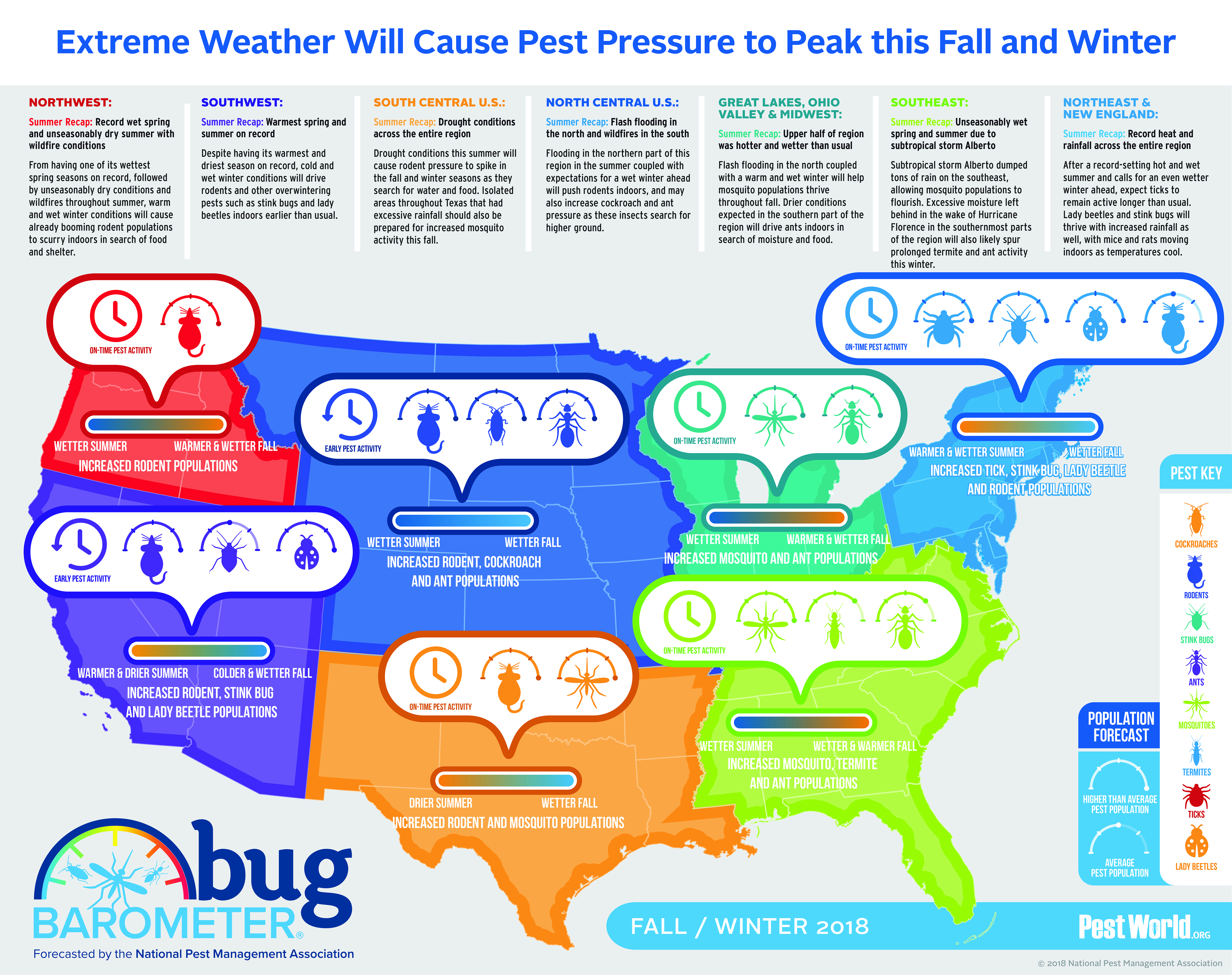Understanding Rodent Behavior: Professional Insights For Effective Pest Control
Understanding Rodent Behavior: Professional Insights For Effective Pest Control
Blog Article
Created By-Berg Jakobsen
Picture being able to prepare for the moves of your opponents in a video game of chess, always staying one action in advance.
Worldwide of parasite control, comprehending rodent actions resembles having that calculated benefit. By obtaining professional insights right into the nesting practices, feeding patterns, and interaction and social actions of rats, you can successfully deal with these pesky animals.
Yet exactly how specifically do rodents act, and why is it important to recognize? In this discussion, we will certainly unwind the mysteries of rodent behavior, offering you with beneficial knowledge that will certainly aid you stay ahead in the battle versus parasites.
Are you prepared to uncover the secrets of these shrewd creatures?
Nesting Behaviors
To comprehend rodent actions and effectively control insects, it is essential to get insight into their nesting routines.
Rodents, such as mice and rats, have a natural instinct to find shelter and create nests where they feel secure and safe and secure. These nests function as their homes, reproducing premises, and storage space areas for food. Comprehending their nesting practices can help you identify prospective areas of problem and apply targeted control measures.
Rats typically choose nesting in dark, remote spaces, such as attic rooms, cellars, crawl spaces, and wall spaces. They use materials like shredded paper, textile, insulation, and even chewed-up electrical cords to construct their nests.
Feeding Patterns
Rats display distinctive feeding patterns that play a critical function in their habits and can educate efficient pest control methods. Recognizing these patterns is crucial for implementing successful bug control procedures.
Rodents are opportunistic feeders, indicating they'll consume whatever food is readily available. They prefer high-calorie foods such as grains, nuts, and seeds. monthly pest control cost is why appropriate storage of food and waste administration are vital in protecting against rodent infestations.
Furthermore, rats are nighttime, which means they're most energetic throughout the evening when they search for food. By understanding their feeding patterns, you can purposefully put catches and baits to maximize their performance.
Keeping food resources inaccessible and preserving a tidy atmosphere can assist deter rodents and reduce the threat of problem.
Communication and Social Behavior
Understanding how rats communicate and engage socially is crucial for reliable insect control techniques. Rodents, like mice and rats, have intricate interaction systems that they use to share info to each various other and collaborate their activities. Here are three essential elements of rodent communication and social habits:
1. Vocalizations: Rodents generate a wide variety of singing noises, including squeaks, tweets, and babbling, to connect with each other. These vocalizations can share numerous messages, such as risk cautions or mating phone calls.
2. Scent marking: Rodents make use of scent glands to leave chemical signals on things and in their environment. These scent marks work as territorial borders and connect information about reproductive standing, prominence, and social association.
3. Social hierarchy: Rodents have a hierarchical social structure, with dominant individuals having accessibility to sources and chosen nesting websites. Understanding https://www.thedodo.com/daily-dodo/woman-dashes-through-traffic-to-grab-wild-animal-stranded-in-highway pecking order is important for targeting insect control efforts and identifying vital individuals for removal.
https://how-to-remove-a-snake-fro84061.blogtov.com/6285447/the-hidden-dangers-of-neglecting-the-demand-for-insect-pest-control-operator-services , there you have it - a short glance into the remarkable world of rodent behavior. By understanding their nesting practices, feeding patterns, and communication, we can better deal with the issue of parasite control.
Did you recognize that a female computer mouse can generate up to 10 trashes per year, with each clutter consisting of around 5-6 puppies? This amazing figure highlights the value of punctual and reliable pest administration to stop rodent populaces from spiraling out of hand.
